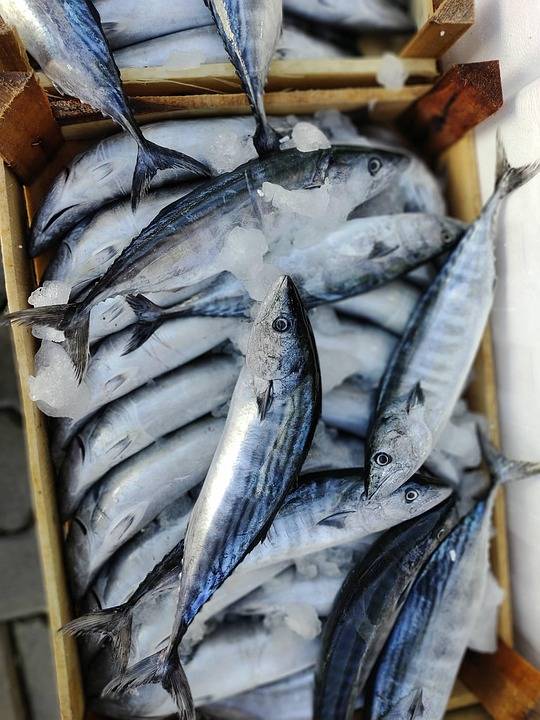Middle Eastern Seafood Demand & Future Growth
The Middle Eastern region has a rich history of seafood consumption, with a variety of traditional dishes and culinary practices that showcase the importance of seafood in the local diet. In recent years, the demand for seafood in the Middle East has been steadily increasing, driven by factors such as population growth, rising disposable incomes, and changing consumer preferences.
Current Market Overview
According to a report published by the Food and Agriculture Organization (FAO), the Middle East is one of the fastest-growing seafood markets in the world, with an annual growth rate of about 5%. The region’s seafood consumption is expected to reach 10 million tonnes by 2025, up from 8 million tonnes in 2020.
One of the key drivers of this growth is the increasing popularity of seafood as a healthy and nutritious food option. Seafood is rich in essential nutrients such as omega-3 fatty acids, vitamins, and minerals, making it a preferred choice for health-conscious consumers in the Middle East.
Key Players in the Middle Eastern Seafood Market
The Middle Eastern seafood market is dominated by a few key players, including both domestic and international companies. Some of the major players in the region include:
- Al Sayad Group
- Gulf Seafood
- Al Jazira Poultry
- National Fisheries Company
These companies are engaged in various activities such as fishing, processing, and distribution of seafood products to meet the growing demand in the Middle East.
Factors Driving Demand for Seafood in the Middle East
Several factors are driving the increasing demand for seafood in the Middle East. Some of the key factors include:
- Population Growth: The Middle East has a rapidly growing population, which is contributing to the increased demand for seafood in the region.
- Changing Consumer Preferences: Consumers in the Middle East are becoming more health-conscious and are increasingly turning to seafood as a nutritious and low-fat food option.
- Rising Disposable Incomes: With rising incomes in the region, consumers have more purchasing power to buy seafood products, which were previously considered luxury items.
Future Growth Prospects
The future growth prospects for the seafood market in the Middle East look promising, with several trends and developments expected to drive demand in the coming years. Some of the key factors contributing to future growth include:
- Expansion of Retail Channels: The expansion of retail channels such as supermarkets and hypermarkets is expected to increase accessibility to seafood products for consumers in the Middle East.
- Increasing Awareness of Sustainability: Consumers in the region are becoming more aware of the importance of sustainable seafood practices, which is driving demand for responsibly sourced seafood products.
- Introduction of Innovative Seafood Products: Companies are increasingly introducing innovative seafood products to cater to the evolving tastes and preferences of consumers in the Middle East.
In conclusion, the Middle Eastern seafood market is experiencing steady growth, driven by factors such as population growth, changing consumer preferences, and rising disposable incomes. With the right strategies and investments, companies operating in the region can capitalize on the growing demand for seafood and unlock new opportunities for growth and expansion.




